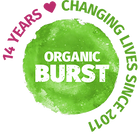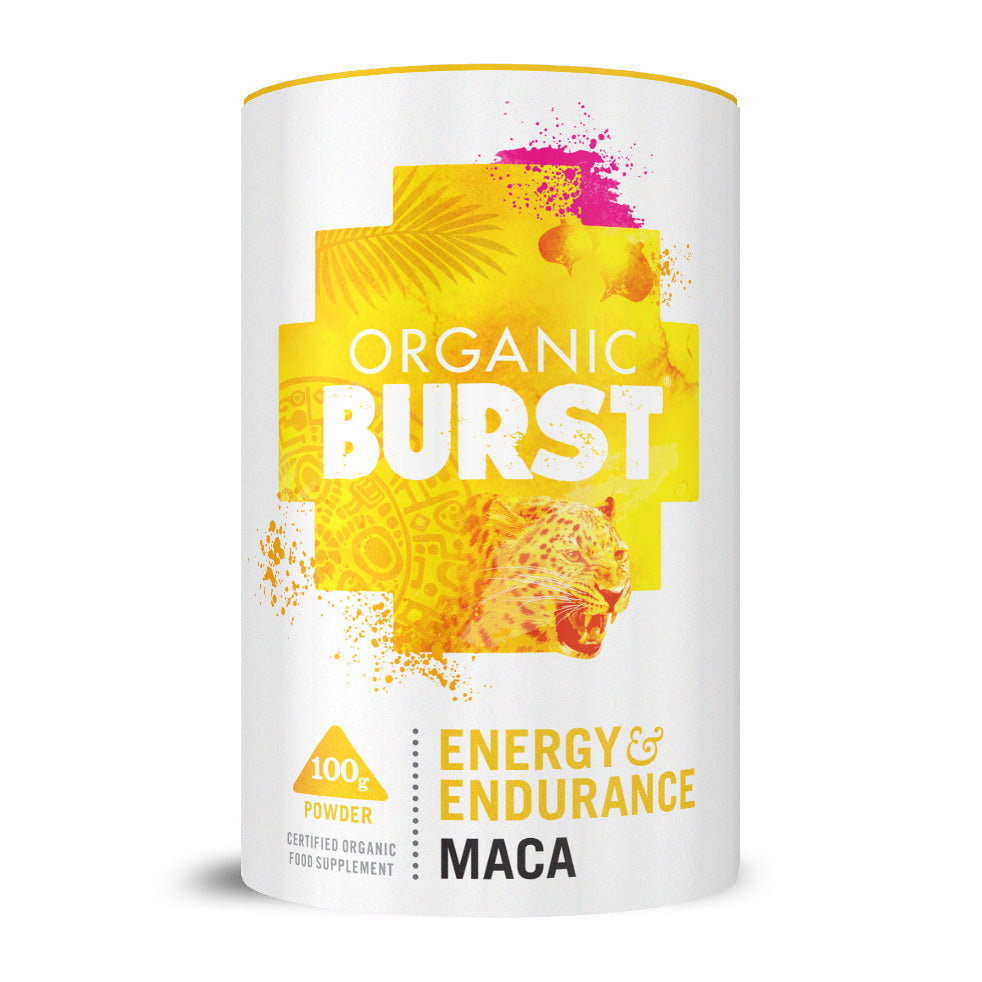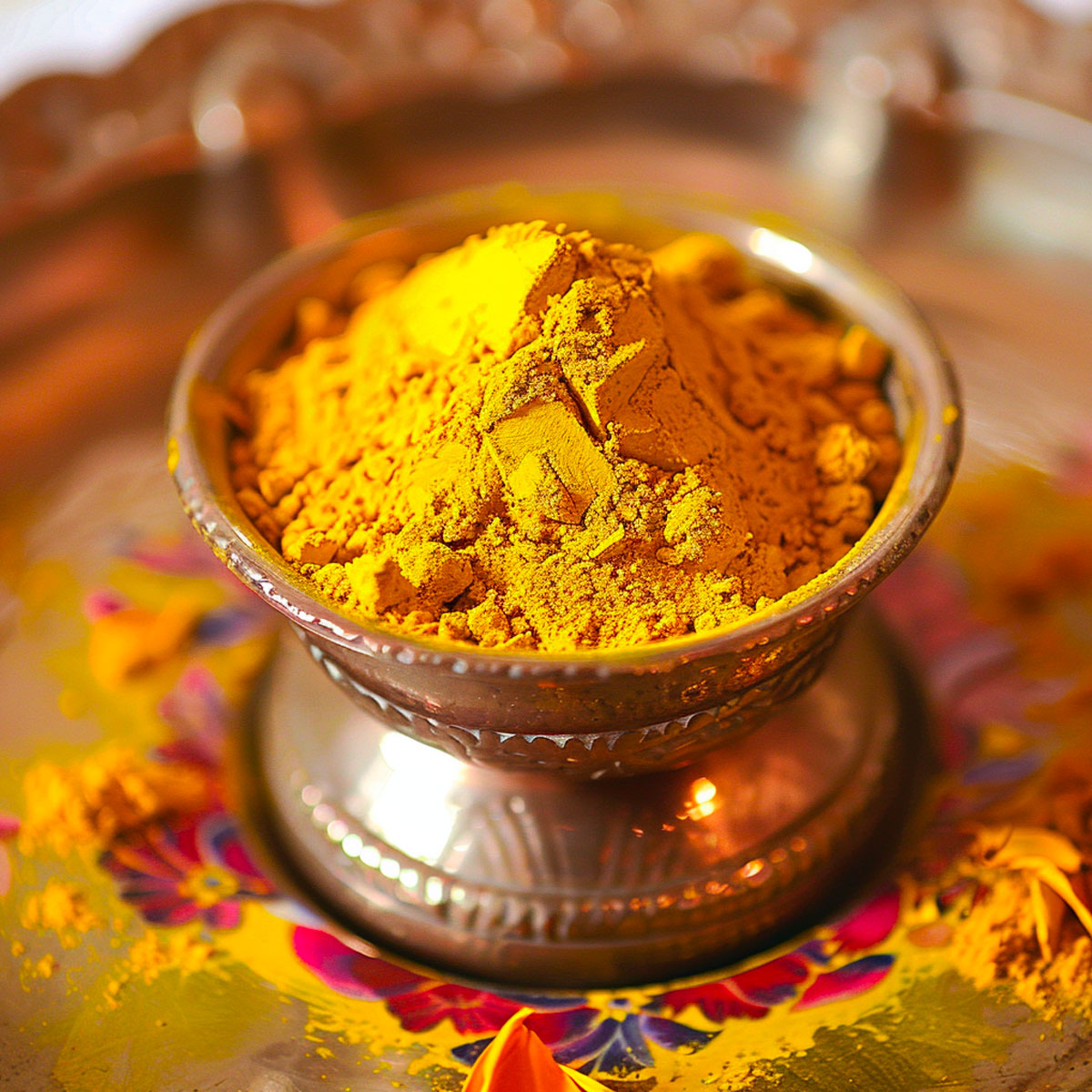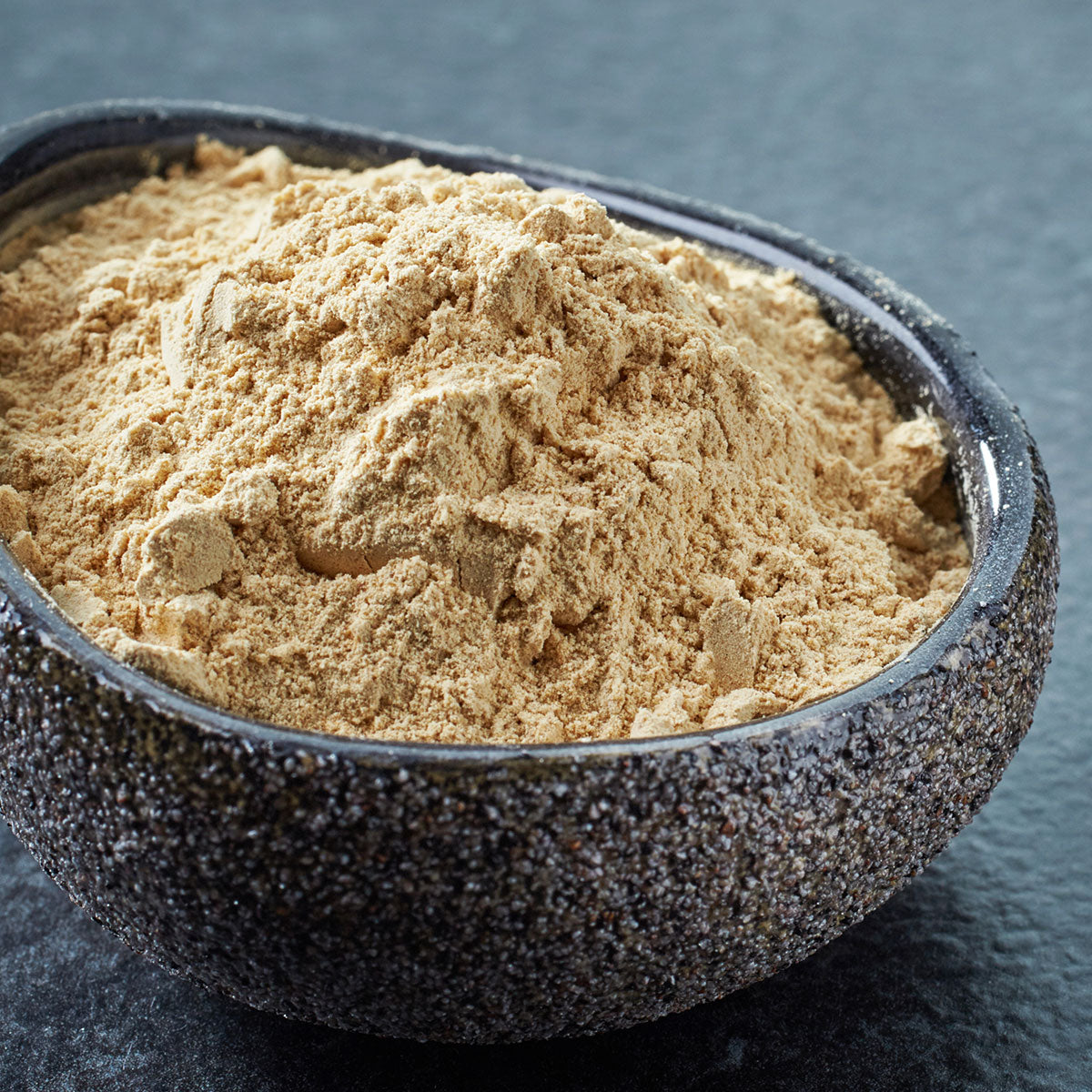- We help you understand why ‘low-fat’ is bad
- What really is agave nectar and what it does to our body
- Is it healthy to drink juice?
- Should we choose soy milk and yoghurt instead of dairy?

1. Margarine, spreads and ‘light butter’
Margarine-type spreads are made with vegetable oils that have been processed to make them more solid, so they’re spreadable.
The process involved is called interesterification, where the fatty acids in liquid oil are rearranged with high temperatures and pressure, using enzymes or chemical catalysts. This changes the melting points and makes the resulting oils harder and more plastic.
Manufacturers claim that their spreads are a healthier alternative to butter because of out-dated advice regarding saturated fat. The links between saturated fat and heart disease were based on false assumptions and are now becoming more widely known to be untrue. So saturated fat is no longer the enemy, in fact, oxidised vegetable oils are the harmful ones!
Heating vegetable oils at high temperatures oxidises fat, producing free radicals that are harmful in the body. Plus we don’t know the potential harm from chemicals and synthetic processing agents that are used to make these spreads.
The genuinely healthy option:
Stick to natural fats and oils that haven’t been industrialised. Butter made with the milk from organic grass-fed animals, organic coconut oil (for cooking) and extra virgin olive oil (for salads) are all good options.
If you’ve accidentally eaten margarine, for instance in a cafe or a shop-bought cake, counteract the oxidising effect by eating more foods containing the antioxidant Vitamin E and polyphenol compounds – try sunflower seeds and a dose of Organic Burst Acai Berry, which contains high levels of healthy polyphenols.
2. Probiotic yoghurt drinks, low-fat yoghurts
Yoghurt is seen as the ultimate health food – if the TV ads are to be believed, it’s eaten by beautiful, slim women who can’t believe this creamy dessert is really healthy. Well it’s not!
The problem with most supermarket yoghurts is that they are packed with sugar and additives that give thickness, flavour, colour, etc. Even shots of yoghurt drink that give you a dose of probiotics every morning contain reconstituted milk, glucose-fructose syrup, sugar, maltodextrin and flavouring!
Low-fat yoghurt comes with 2 problems, 1) the additives discussed above, and 2) it uses skimmed milk, where all the natural fats from the milk have been removed via processing.
But natural fats are not the enemy!
- Fat makes up the membrane of every cell in your body, and 60% of the weight of your brain.
- Fats allow your body to absorb important fat-soluble vitamins A, D, E and K that are important for the health of your eyes, bones, skin and hundreds of body processes.
- Fat itself gives your body excellent fuel for energy without raising your insulin levels. Sugar and starchy carbohydrates are the foods that raise your insulin levels, and consistently elevated levels (i.e. if you eat a lot of these foods) are the root of weight gain, inflammation and disease.
Choose full fat, natural yoghurts –organic, from grass-fed cows!
3. Whole grain bread products and cereals
For the past 30 years we have been told to eat whole grains as a healthy alternative to everything made with white flour. But unfortunately dietary related disease in the western world has just got worse and worse.
The truth is that even whole grain wheat raises blood sugar and insulin levels – the trigger for storing excess energy as fat, and inflammation throughout your body. Because of its effect on blood sugar levels, whole wheat can cause hunger and food cravings.
Whole grain flour products and cereals are usually fortified by manufacturers, i.e. they have synthetic nutrients added. This is because grains naturally contain compounds called phytates or phytic acid that are potent blockers of the absorption of minerals, especially iron, zinc, magnesium, and calcium.
So whole grains could actually contribute to nutrient deficiencies!
The gliadin protein of wheat is very difficult for humans to digest, and if it stays in the gut, it can cause gut irritation, and this can lead to intestinal permeability and trigger an immune system reaction. This can cause bloating, pain and knock-on health issues, including autoimmune conditions.
The genuinely healthy option:
Give all grains – even ‘healthy whole grains’ – a miss. Replace them with healthier starches, such as celeriac, swede and sweet potato. Add ‘pseudo-grains’ like buckwheat, amaranth and quinoa, which are actually seeds and contain protein and other important nutrients.
Replace your morning toast or cereal with some eggs, a green Spirulina Smoothie Bowl, Organic Burst Chia pudding, or some fruit, nuts and natural yoghurt.
4. Soya milk and soya yoghurt
Dairy intolerance is relatively common, because many people don’t produce the enzyme we need to digest milk after childhood has passed. Intolerance normally means digestive discomfort and bloating – and to avoid these side effects, soya products are sold as an alternative.
Soya is also sold to menopausal women, due to its content of isoflavones (oestrogen-like plant compounds) that have been said to help with symptoms of the menopause. This correlates with the fact that women in Japan do not experience menopausal symptoms, which is said to be due to the high levels of soya that they eat.
However, since we all got carried away with soya milk, cream, tofu and yoghurt, further research has revealed that these products are very poorly digested and full of phytates that block our absorption of nutrients.
Another problem with soya is that the phytoestrogens can upset the normal balance of our hormones. Extra oestrogen is certainly not good for men and could be the reason for the increase in the ‘man-boob’ phenomenon. In women, soy can upset the balance between oestrogen and progesterone, which is a problem in conditions like endometriosis, fibroids, PMS and infertility.
The genuinely healthy option:
Traditionally Japanese people only eat the properly prepared fermented soya beans (not the factory manufactured milk). So go for fermented tofu, miso, tempeh or natto.
For milk alternatives, try nut milks such as almond, which you can make yourself or buy the unsweetened version. Add 1 tsp Organic Burst Maca to your nut milk for natural energy and a slightly sweet caramel flavour, so you won’t need to add any sweetneers.
Coconut yoghurt is a popular non-dairy option, and coconut cream can be used instead of dairy cream.
5. Fruit juice
We’re told that a glass of freshly squeezed fruit juice counts as one of your ‘five a day’ and provides a good dose of nutrients. However, drinking your fruit with the fibre removed is actually a highly sugary option.
Fruit is naturally rich in fibre, so when this is removed, the sugars (fructose) from fruit that you’d glug down easily in a large glass of juice can overload your liver, where fructose is processed.
Drunk in this way, fructose is metabolised very differently from when you eat a piece of fruit and the sugars are converted straight into fat.
The works of Dr Robert Lustig, Professor of Pediatrics in the Division of Endocrinology at the University of California, San Francisco, show that fructose also messes up your body's system of controlling appetite, which results in overeating.
To find out more on the harm of isolated fructose and fructose-rich sweeteners we recommend the YouTube video by Dr Robert Lustig “Sugar: The Bitter Truth”, as well reading his book “Fat Chance”.
The genuinely healthy option:
Don’t drink your fruit! At breakfast, eat a piece or two of whole fruit, and drink water or herbal tea, which are much better drinks that don’t upset your metabolism. Make a juice that is packed with vegetables instead of fruit. Try cucumber, celery, ginger, lettuce and lemon juice. You can also add fibre to your juice with 1tsp Organic Burst Wheatgrass is high in fibre and is a great addition to green juice!
6. ‘Diet’ or ‘low-calorie’ foods and drinks
Steer clear of anything with the word ‘diet’ and ‘low-calorie’ on the label. They may be devoid of calories, but this means they’ll be free of nutritional value, flavour, energy and ability to satisfy your hunger.
Low-calorie foods and ready meals may have a colourful packaging, but what’s inside is normally beige and unappetising, plus they’ll contain a long list of starches, emulsifiers, bulking agents, artificial flavours, added sugar and more. Just check the label next time you’re in the supermarket!
Diet drinks replace sugar with artificial sweeteners. The worst, and most common of these is aspartame – a product that converts to a neurotoxin in the body when it is metabolised.
Manufacturers argue that the small amounts these toxic substances are consumed in means they’re safe, but if someone is eating and drinking several different sources of aspartame every day over a long period, the consequences could be more worrying.
The genuinely healthy option:
Vegetables – especially green leafy vegetables are probably the best naturally low calorie food. But rather than focussing on calories, change your outlook to including natural whole foods that are densely packed with nutrients and will keep you going without hunger cravings.
Organic Burst Superfoods are a perfect way to increase the nutrients in your daily life. Our spirulina helps to curb sugar cravings because it is packed with easily digestible protein, along with B Vitamins and iron that are used to make energy.
7. Agave nectar
Sweetening our food healthily is a big challenge, because all sugars have an effect on our metabolism and even those that are billed as more natural can raise our insulin levels just as high as high fructose corn syrup (HFCS), that’s commercially manufactured and we all know to be damaging.
Agave nectar had a fantastic marketing campaign and we all believed it to be a good sugar alternative because it sounded exotic (!) and was said to be lower GI than traditional sugars.
However, agave is made in a laboratory, contains more sugar than HFCS and is up to 90% fructose, which means its sugar turns straight to fat and it puts a heavy load on the liver where it is metabolised.
The genuinely healthy option:
Any type of added sugar is not going to be especially good news unfortunately, but let’s be realistic, if you’re making nutrient-dense superfood energy balls or baking, your creations wouldn’t be the same without a little sweetness.
Keep added sugar to a minimum, and you can even re-train your taste buds to find very sweet foods a turn off! Choose a couple of chopped dates, a spoonful of organic rice malt syrup (a fructose-free sweetener) or a few drops of pure liquid stevia (more natural than the granulated version).
Support your liver when you’re eating sweetened foods by taking an extra dose of Organic Burst Chlorella. Simply swallow 4 tablets, or take 1tsp of the pure algae powder in a glass of water with a big squeeze of lemon juice before indulging. Organic Burst Chlorella supports your liver by helping to cleanse it of toxins.
Try some of our healthier suggestions today and do even more good for your body!












